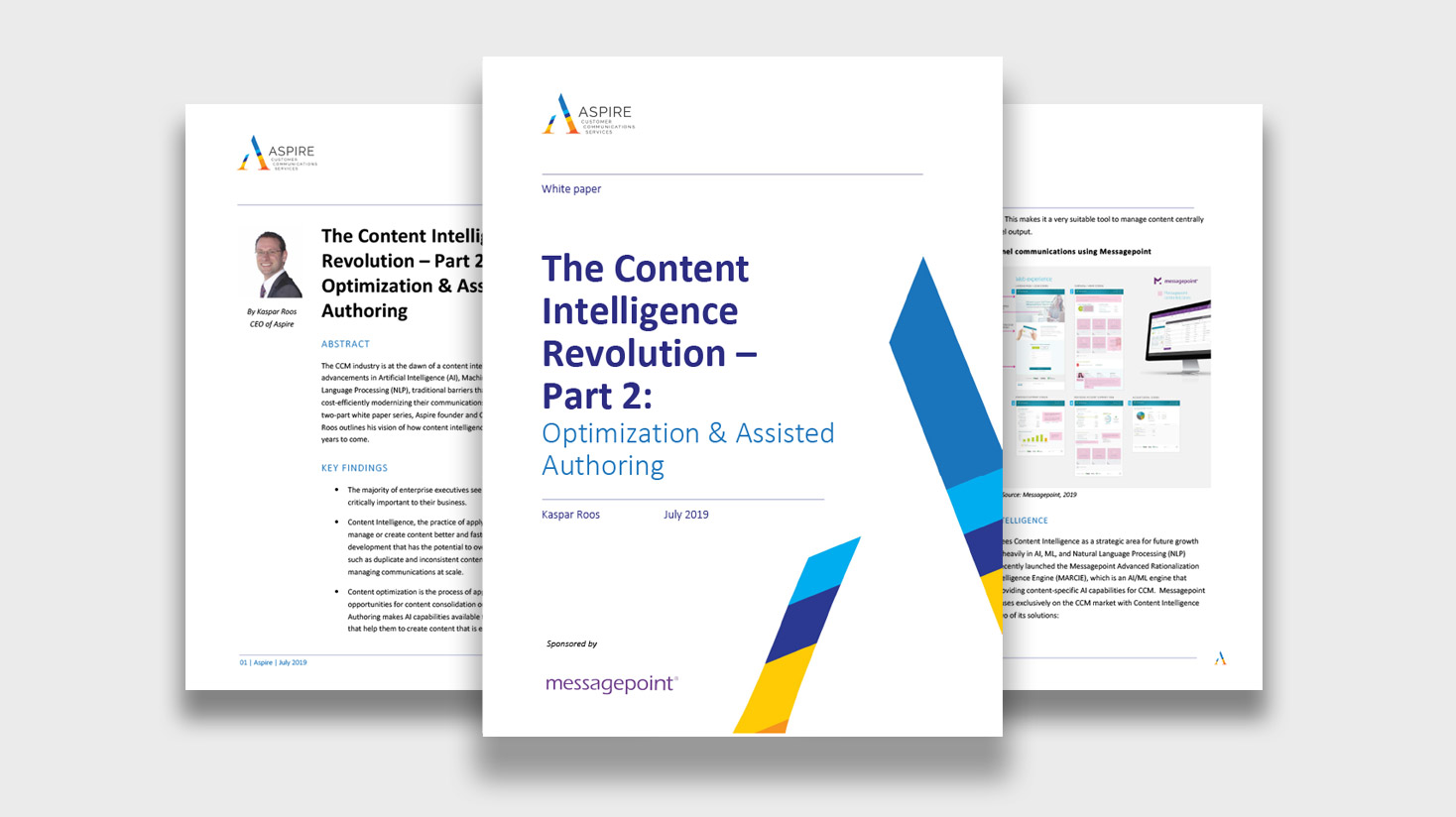
Sentiment analysis, in its simplest terms, is a technique for measuring how customers respond to a product, service, or brand. Leveraging natural language processing and text analysis, sentiment analysis is employed in several ways today, most commonly to assess customer comments and feedback. For example, several tools exist that analyze comments made via customer feedback channels or social media to assess whether the response is positive, negative, and neutral. From there, organizations can use the insights gained to drive changes in products, customer service, Web sites, customer communications, marketing campaigns, etc.
Everyone in customer servicing and marketing understands that using just the right tone is key to communicating with customers effectively. Sentiment analysis has been referred to as an “emotional spell-check” that can uncover hidden emotions and attitudes in a message. Using these technologies to analyze any kind of content can help ensure that communications convey the desired feeling.
Progressive organizations, particularly in financial services, are leveraging sentiment analysis to assess the subtleties in their marketing and servicing communications to customers. When applied across all channels of outbound communications, it not only helps teams craft messages that elicit the desired emotional response from their audience, but it is also a powerful way in which brands can drive greater consistency across the customer experience.
In short, using sentiment analysis is a key way in which organizations can both learn what to say to customers and, more importantly, what not to say to keep customers receptive.
Sentiment analysis applications classify text-based information as positive, negative, or neutral. In the simplest of examples, the words “growth”, “successful”, and “increase” can result in a message being classified as positive, while “risk” and “fall” will be classified as negative. Based on this analysis, a sentiment engine can gain an understanding of the general sentiment of the message, but the right classification isn’t always so straightforward.
Today’s Content Intelligence technologies can take the understanding of sentiment to a deeper level that isn’t simply based on finding words that would be considered positive or negative. These solutions leverage artificial intelligence (AI) to understand the meaning and intent behind the message to provide more accurate answers and useful guidance to a writer. This can also extend to the ability to detect very subtle nuances such as sarcasm. Let’s look at some simple examples to see how this works.
Rating = POSITIVE
This quote has both strong negative and positive words in it, but the engine can detect that the meaning is positive.
Rating = NEUTRAL
Despite containing only negative words the sentiment engine can classify this quote as neutral.
Rating = NEUTRAL
Although the negative words in this statement outnumber the positive, the statement is correctly interpreted by the engine as neutral.
Rating =NEGATIVE
The Joker asks a simple question in this case, but the sentiment engine detects the sarcasm and indicates that he is being negative.
Customer communications, such as servicing emails or marketing promotions, can convey unintended messages that are missed in the authoring phase. In addition, when adapting content to create omnichannel variants of a communication, inconsistencies in tone and sentiment can creep in. In some cases, corporate policy or brand guidelines can dictate tone or sentiment that must be adhered to. For example, a financial institution may dictate that it doesn’t apologize to a customer for a declination of an insurance claim or lending application but may still want to ensure a neutral tone in its messages vs a negative one. Let’s look at some examples.
“Unfortunately, due to the information provided in your application, we can’t approve your loan at this time. This loan was not approved for the following reason(s):
The application was not completed.
Please feel free to contact us with any questions you may have.”
Rating = NEGATIVE
Using negatively charged language (Unfortunately, can’t, was not completed) this message delivers bad news poorly, and the use of “Unfortunately” renders the sender as more responsible than necessary.“Due to the information provided in your application, we can’t approve your loan at this time. This loan was not approved for the following reason(s):
The application was not completed.
We apologize for any inconvenience and invite you to contact us with any questions you may have about why this loan was declined.”
Rating = NEGATIVE
Again, the negative language (can’t, was not completed, apologize, inconvenience, declined) renders the sentiment negative, and the apology could go against brand standards and invites blame on behalf of the receiver. “Due to the information provided in your application, we cannot approve your loan at this time. The loan was not approved for the following reason(s):
The application was incomplete.
Please feel free to contact us with any questions you may have.”
Rating = NEUTRAL-POSITIVE
Even though the content of the message is bad news, the message is conveyed in a neutral or even slightly positive tone (cannot, incomplete). This delivers the message affirmatively without accepting any outward blame for the situation.[/vc_column_text][vc_empty_space height=”30px”][vc_column_text]As organizations strive to optimize the customer experience, it is no surprise that they look at every dimension of their customer interactions, including the content in outbound communications. As such, next-generation capabilities in the communications management market including AI-powered Content Intelligence will play a critical role in shaping the customer experience.
Sentiment analysis is just one aspect of a larger suite of these content-focused, AI-powered capabilities that should also include reading comprehension levels and brand alignment. Together these advanced content optimization features will assist organizations in their efforts to author thoughtful, powerful, and consistent customer communications across all channels.

No matter the industry, when it comes to customer-facing content, improving customer satisfaction means prioritizing readability—or the ease…
Read the Article
MARCIE adds powerful Content Intelligence capabilities to Messagepoint’s award-winning CCM platform
Read the brochure
The Content Intelligence Revolution – Part 2: Optimization & Assisted Authoring The CCM industry is at the…
Read the whitepaper